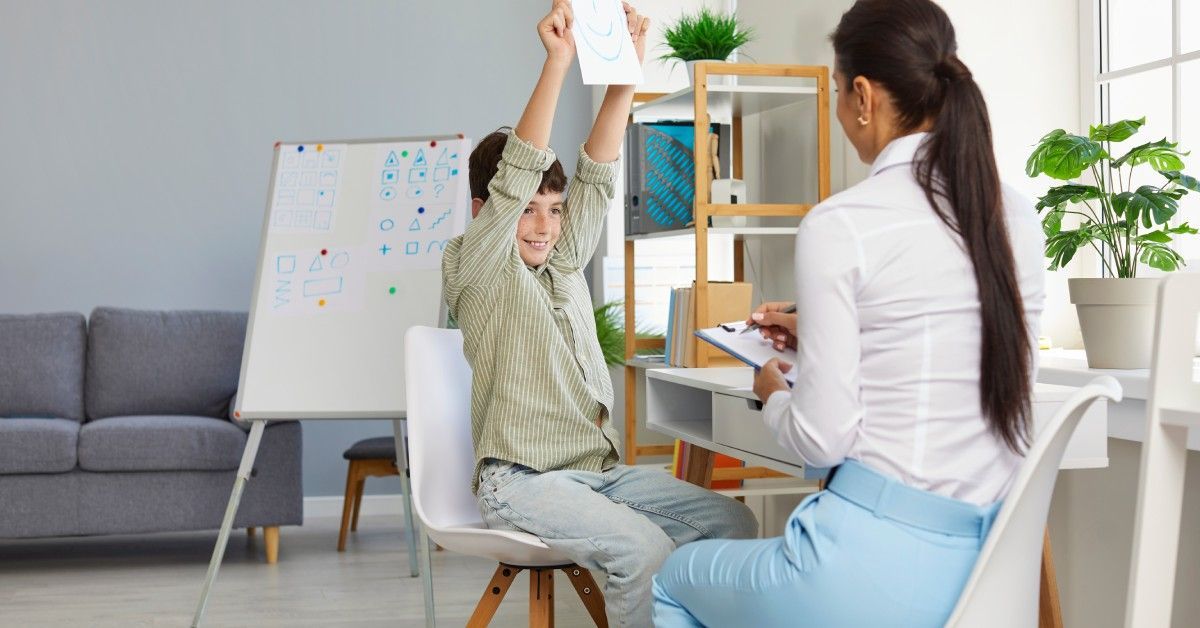Creating Positive Learning Environments for Kids With Autism
Summertime is coming to an end, and it’s time to get back on our school year routine. To help ease your child into the school year, you should begin creating a routine and an appropriate environment for positive learning behaviors. Whether your child is home-schooled or attending school, it’s important to create a positive learning environment for kids with autism to help them retain information and skills while being comfortable with limited distractions.
Minimize Wall Art
It’s tempting to decorate your learning environment with posters that will make your children laugh or motivate them throughout the day. However, children can get distracted by colorful, motivating, or informative posters on your wall. Keep all your artwork and wall art in one spot to help create an effective learning environment and minimize distractions.
Give Your Students Choices
Giving your child choices throughout the school day or learning time will allow them to learn about themselves and independently use their behavioral skills. Providing options to children with autism can be helpful with lesson materials and communication. Give your child the opportunity to work alone or with a friend. Offer them the option of using different writing utensils, such as a pencil, pen, or marker.
Keep Materials Not in Use Out of Sight
Children with autism can become overwhelmed or overstimulated when presented with clutter or too many visuals. To cut down on clutter, find a specific place for papers, pens, toys, and other supplies. It would also help to keep all distracting materials in a closed storage container and only take them out when appropriate.
Establish Clearly Defined Learning Areas
To help create an effective and positive learning environment for kids with autism, you should have clearly defined learning stations like a reading nook, seat-work area, and a designated play area. You can tape off your work areas using different colored tape, room dividers, or various rugs for each learning section. Defining learning areas can minimize distractions and overstimulation and allow easy navigation through routines.
Providing a positive learning environment for kids with autism will help them utilize skills learned at their autism pediatric therapy sessions and any other supportive lessons from home. Set up your child for success and create a comfortable space where they can explore educational topics without feeling restricted or overwhelmed.






